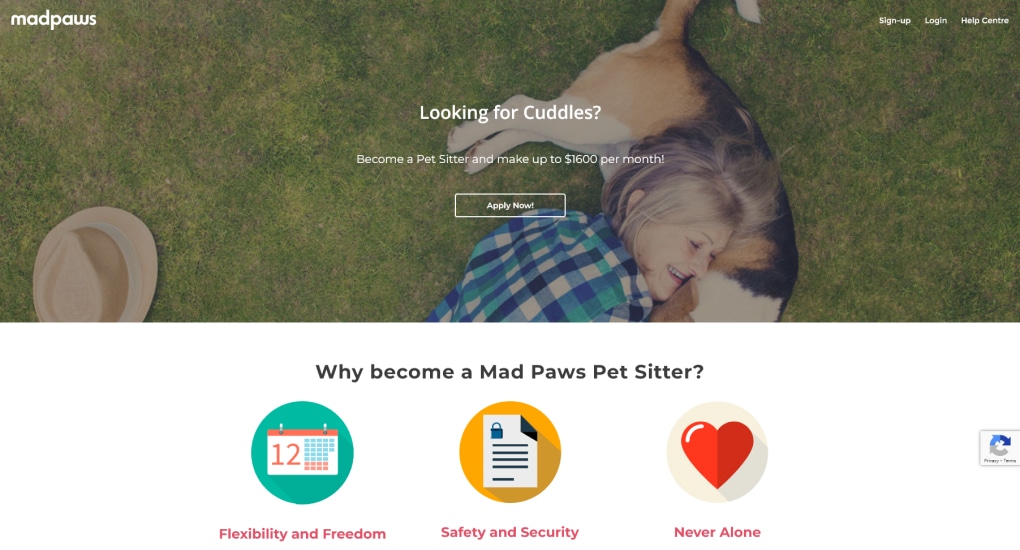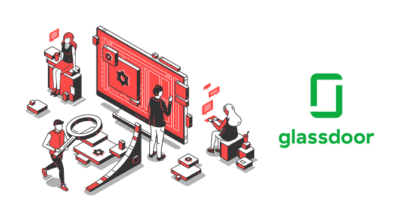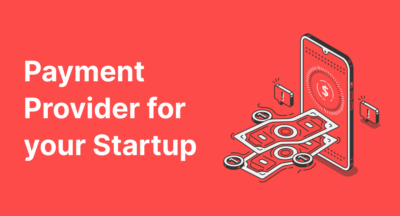How to Build a Website Like eBay: A Complete Development Guide

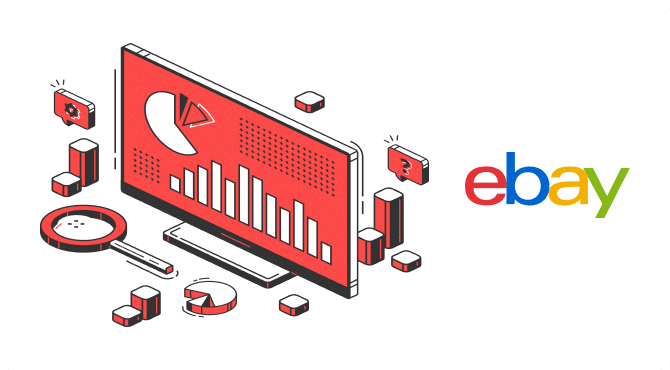
Thinking of how to build your own website like eBay? This article will explore all you need to know about building a website that mirrors the functionality and ingenuity of eBay. Whether you are an aspiring entrepreneur willing to start your journey in the e-commerce landscape or an established business seeking to improve your digital presence, this guide is for you.
Today, online shopping is the norm, and e-commerce is widely adopted all around the world.
Yet, we can’t separate the widespread reception of e-commerce from the meteoric rise of eBay, which has left its mark on the virtual marketplace history.
Founded in 1995, eBay now has over 150 million active users with localized websites in over 190 countries, facilitating billions of dollars in transactions happening on the platform annually. Its success has inspired the creation of many other e-commerce stores and has also forced many traditional businesses to shift their business models online.
Without further ado, let us begin this guide by discussing the basics of the online marketplace.
Understanding the Basics of an Online MarketplaceAn online marketplace, or e-commerce marketplace, is a website or application (web app or mobile app) that serves as an intermediary, facilitating transactions between buyers and sellers of goods and services online.
The main advantage of an online marketplace over traditional (offline) marketplaces is how it breaks geographical boundaries, allowing buyers and sellers to exchange goods and services even when they are located in different cities or even countries.
Online Marketplace: Monetization Models
So, how do online marketplaces and auction sites like eBay, Amazon, or others make money?
There are several monetization strategies you can adopt when developing your online marketplace:

1. Commission-Based Model
One of the most common monetization models is the commission-based strategy.
Here, the online marketplace charges either a fixed fee or a percentage for every successful transaction that takes place on the platform.
In this model, the platform’s interests are aligned with the sellers. When the sellers are successful with a high sales volume, the marketplace’s revenue will also increase.
2. Subscription Model
In this monetization strategy, the marketplace offers a paid subscription plan (or tiered plans) to sellers for access to advanced features and benefits.
For example, sellers may pay a recurring fee to access enhanced visibility on the platform, so the store will be seen by more users. Other perks that can be offered include advanced analytics, priority 24/7 support, and others.
The subscription model allows for a steady revenue stream for the eBay-like platform you’re creating.
You can also adopt the freemium model with this strategy: offering basic access to your marketplace for free, but then you can offer premium features such as enhanced visibility, customization options, or advanced analytics, among others, at a cost.
3. Listing/Posting Fees
In this monetization model, the online marketplace charges the sellers a fee to list their goods (or services) on the marketplace. This model ensures that only serious sellers are on the platform and is more predictable since it will generate revenue even if the transactions don’t occur.
The listing fee can be flat or can vary based on factors such as product category, listing durations, visibility, etc.
4. Advertising-Based Model
Online marketplaces can also offer advertising opportunities, whether for resellers to promote their products on the platform or for other businesses who’d like to promote their products/services on your online marketplace.
You can offer various forms of advertising opportunities on the eBay-like website you’re making, such as sponsored products (with enhanced visibility, feature listings, or targeted placements.
5. Lead Generation
In this model, the online marketplace charges sellers for connections to potential customers or clients (leads), which can be in the form of requests for quotes, inquiries, or bookings.
This can be an attractive model to adopt for the online marketplace you’re building, especially if it’s service-oriented.
6. Affiliate Partnerships
Some online marketplaces can generate revenue through affiliate marketing.
This model involves partnering with other businesses to promote their goods or services on the platform, and the online marketplace will earn a commission on any sales that are generated through referral links.
This model can expand the online marketplace’s reach and diversify its revenue resources.
7. Data Monetization
The online marketplace accumulates valuable data on market trends, customer behavior, preferences, and others.
The platform may choose to monetize this data by selling analytics, market research reports, or insights to third parties (or to sellers on the platform.)
This is a non-exhaustive list, and there are certainly other monetization strategies suitable for online marketplaces. It is also possible to combine multiple monetization strategies to achieve the best results according to the unique preferences of the industry and users.
For example, for the online marketplace you’re creating you can offer a combination of commission-based models with listing fees while also selling premium features to create a diversified revenue stream.
Key Features of Successful Online MarketplaceCreating a successful online marketplace or auction site requires more than just programming finesse. Rather, it demands a harmonious blend of visually appealing design, optimal user experience, and technological prowess.
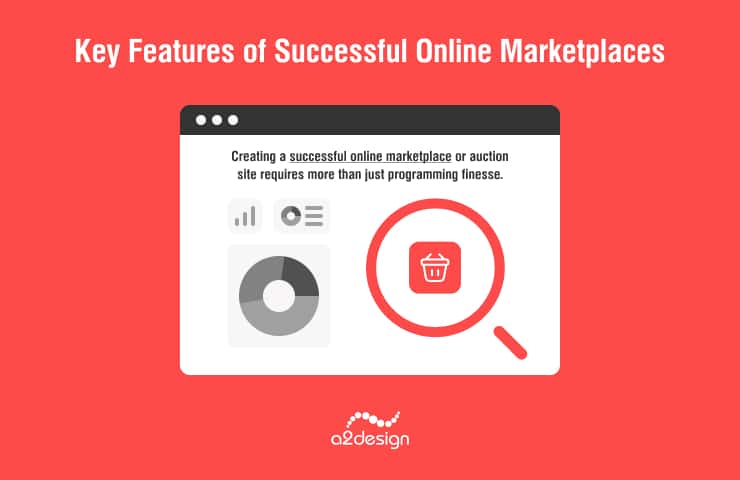
While different online marketplaces may offer their own unique features, below are the key functionalities all online marketplaces should have, including the one you want to build:
1. User-Friendly Interface
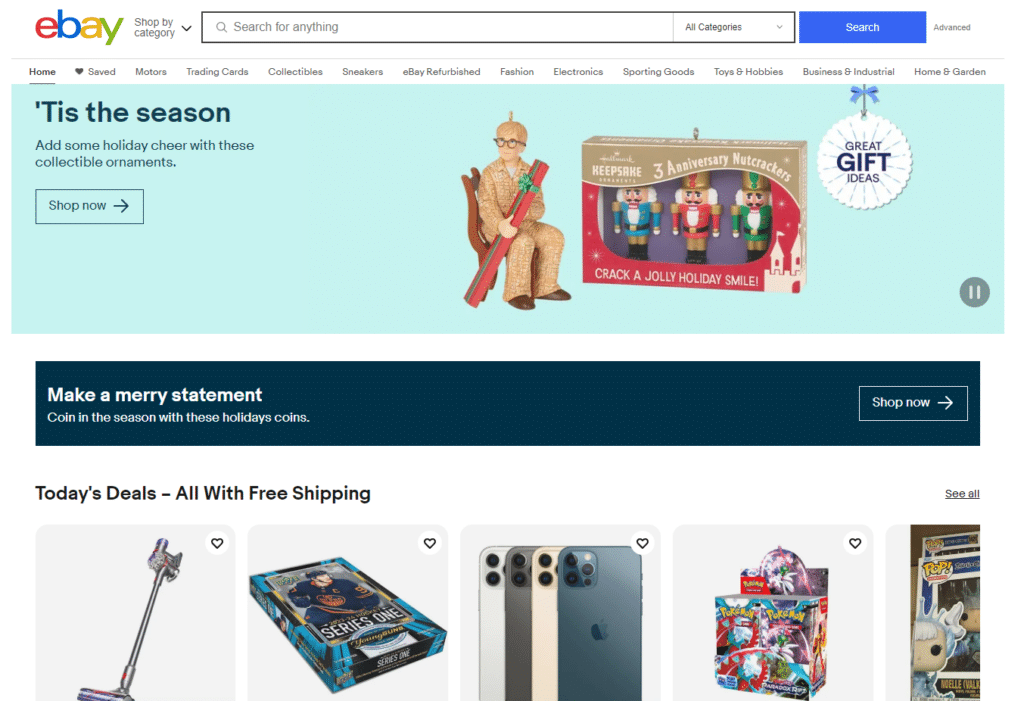
The online marketplace you’re developing must be able to accommodate all kinds of buyers and sellers, including those who are not very tech-savvy.
The platform must be intuitive and easy to navigate for both buyers and sellers. This includes having a concise and clear design, intuitive layout and menus, and reliable search functions.
2. User Registration and Profiles
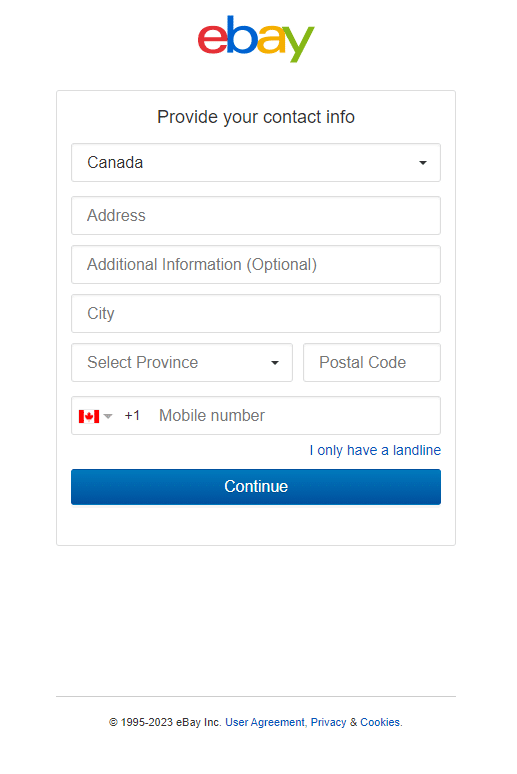
The e-commerce platform you’re creating should allow users to easily but securely create accounts and profiles. The registration form should capture essential information like contact details (name, address, phone number), preferences, and a profile picture.
Buyers should be able to check sellers’ profiles and easily obtain important information that may help them make their purchase decisions. Sellers, on the other hand, should also be able to check potential buyers’ information as well as other sellers’ information.
3. Product Listing and Search Functionality
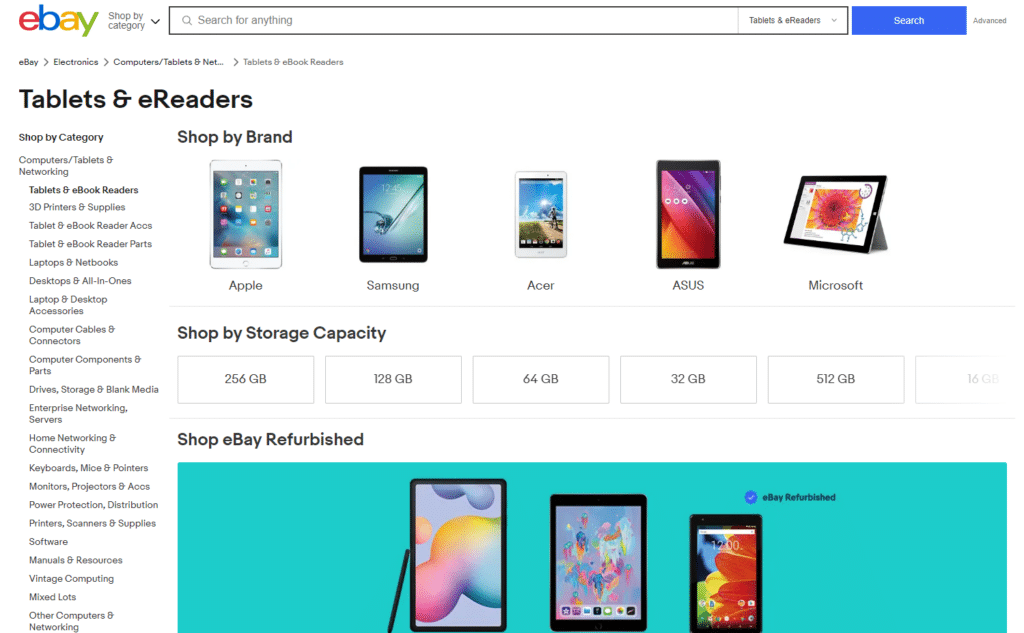
At the core of an online marketplace is its product listing.
Sellers should have an intuitive way to list their products and provide descriptions, images, and other relevant details.
Buyers, on the other hand, should be able to easily browse through product listings and search for products based on filters like categories, keywords, price range, and so on.
4. User Reviews and Ratings
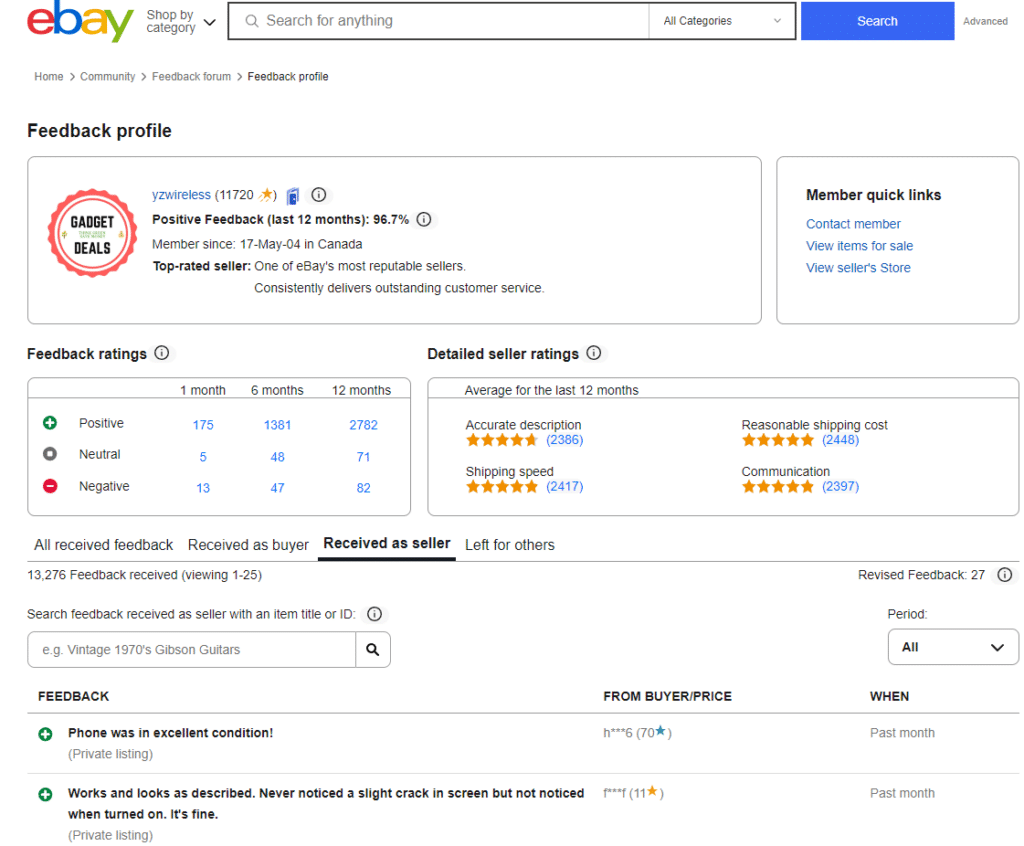
It’s now the norm for online shoppers to check the product’s reviews, ratings and testimonials before making their purchases.
Incorporate a reliable system to the eBay-like website you’re creating that allows buyers to leave reviews on the purchased product and rate sellers/products after confirmed transactions. This feature can help establish trust, transparency, and credibility in the marketplace platform.
5. Shopping Cart and Checkout
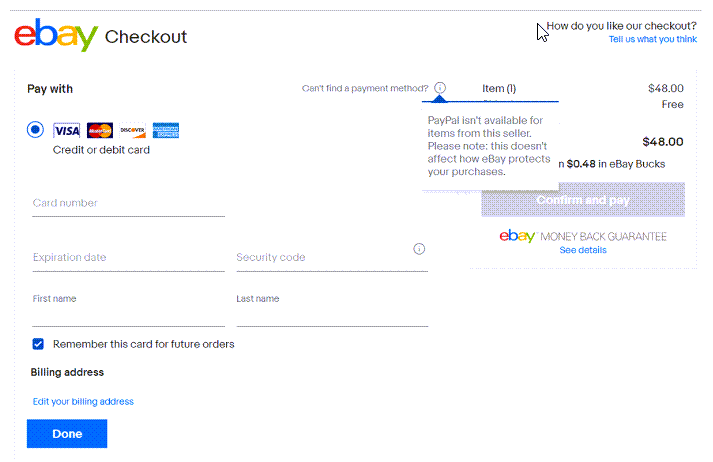
Integrate a secure and reliable shopping cart system that allows users to add multiple items to the cart and proceed to checkout as desired.
It’s critical to optimize the checkout process and make sure it’s as smooth, secure, and intuitive as possible.
6. Secure Payment Gateway
The online marketplace you’re developing should support various popular payment methods, including but not limited to credit/debit cards, PayPal, Stripe, and others. To do so, it’s best to integrate a trustworthy and reliable payment gateway to ensure transaction security and data privacy.
7. User Notifications
Create a system that can keep users informed about their activities within the platform, such as order/shipping updates, messages from sellers or other users, important announcements (i.e., discounts), and so on.
8. Messaging and Communication
Since the main function of the online marketplace you’re building is to connect buyers and sellers, having a reliable messaging system (i.e., live chat) to facilitate communication between buyers and sellers is crucial. Users should be able to use the messaging system to clarify details about the products or services being sold, negotiate prices, and build relationships with potential buyers.
9. Seller Verification
Establish a clear and reliable process to verify sellers’ identities to ensure security for buyers and enhance the platform’s trust and credibility.
10. Terms of Use and Policies
Include and communicate clear terms of use, guidelines, and privacy policies to establish rules for transactions and users’ behaviors on the platform.
11. Analytics and Reporting
Provide at least basic analytics functions to track user activity, transaction history, listing performance, and other relevant metrics on the e-commerce platform you’re developing. The platform can also use this data as insights to inform future optimizations.
12. Help and Support
Ideally, provide users with responsive 24/7 customer support, as well as a comprehensive FAQ section and help guides to address potential issues and answer users’ inquiries.
Building an online marketplace, as we can see, can be quite complex, involving a lot of intricate features. It’s best not to try to build a fully-featured marketplace right away but rather take the MVP (Minimum Viable Product) approach. Start with the basic features we’ve listed above, then add more features gradually based on users’ feedback and shifting trends.
In the next section, we will explore the steps required to develop an online marketplace that contains the key features discussed above.
Step 1: Pre-Development Phase: Planning and Research
The first and most important phase in building your eBay-like website is the planning and research phase. This is the phase where visions, dreams, and strategies collide, giving birth to an actionable plan that will shape the course of your online marketplace business.
We can divide this step into several sub-steps below:
1. Defining theProject Scope
Start by defining the scope of your project. Decide on the scale of the marketplace you want to create and the features that will be included. You might want to ask yourself these key questions:
- What types of goods or services will be sold on this marketplace?
- Who will be the primary and secondary target audiences for the marketplace?
- What features will be absolutely necessary to cater to this specific target audience?
- What is your available budget?
- What is the timeline for the project?
Once you’ve defined the project’s scope, the next step is to conduct market research to equip yourself with insights to fuel your online marketplace’s success.
Your market research should consider the following aspects:
- Target Audience: Identify your potential users and analyze their demographics, behavior, and preferences. Understanding their pain points and needs helps you build an online marketplace that is attractive and engaging for them.
- Competitor Analysis: Study your direct and indirect competitors (i.e., online marketplaces in different niches). Analyze what works well for them and identify areas you can do better. What can you learn from their success and failures? What pain points can you address? What are the strengths and weaknesses of your competition?
- Unique Selling Points (USPs): Based on your market research, define what makes the eBay-like platform you’re creating different, your unique selling point(s). Can you provide better customer service? Will you offer unique features? Will you incorporate any novel approach with your online marketplace?
2. Selecting Technology Stack
In the world of website and application development, a “technology stack” or “tech stack” is a set of software components, programming languages, libraries, frameworks, and databases used to build a website or application.
We can think of the tech stack as a toolkit that will be used by developers to build different layers, in this case, of the e-commerce website.
Speaking of building an eBay-like marketplace, here are the key components of the technology stack required to create a secure, scalable, and reliable platform:
- Front-End: the part of the online marketplace the users interact directly with. The front end needs to be visually appealing, intuitive, and responsive. Some popular front-end technology stacks are HTML, JavaScript, CSS, front-end frameworks/libraries like React, Vue.js, Angular, and CSS frameworks like Bootstrap and others.
- Back-End: the “engine” of the website, the part of the website that handles data storage and processing. Popular back-end technology stacks include Node.js, Ruby on Rails, Django, Laravel, and others.
- Databases: in online marketplace development, the database stores and manages the vast amount of data generated by user interactions and transactions. Popular database stacks include MySQL, PostgreSQL, MongoDB, Elasticsearch, and more.
- Server Hosting: responsible for “serving” the online marketplace to its users. Choosing the right website hosting service is crucial for ensuring your marketplace’s performance and availability.
- Payment Gateways: secure payment processing is vital for an online marketplace’s success. Ideally, the marketplace you’re building should support a wide variety of popular payment processing options like credit/debit cards, Stripe, PayPal, and others.
- Security: security measures are critical while creating an online marketplace to ensure optimal user data protection and secure transactions. Important security stacks to consider include SSL certificates, firewalls, and token-based authentication, among others.
Selecting the right combination of technology stacks is critical for success, but we should remember that each technology brings its own strengths to the table. When choosing your technology stack, consider factors like your project requirements, your team’s expertise, existing technology ecosystems, and scalability needs/future growth plans.
Ready to Create Your Webiste Like eBay?
Contact UsStep 2: Front-End Development
The key to a successful front-end development is to find the right balance between making the platform visually appealing and ensuring seamless user experiences. To achieve this, the front-end development can be divided into a few elements:
1. Translating Design Into Code

One of the key responsibilities of the front-end developer is to translate the designs into actual code. This is typically achieved by using HTML and CSS. HTML is responsible for structuring content, while CSS “paints” this content with fonts, layouts, and colors.
Every design element should be translated carefully so that every design detail is faithfully represented in the e-commerce website or web application you’re developing.
During this stage, it’s also critical to ensure a responsive design: the online marketplace should be displayed flawlessly on various devices with various screen sizes, and all pieces of content must be properly readable.
2. Implementing Interactive Features and Functionalities
The front-end developer is also responsible for implementing interactive features and functionalities, including:
- User Profiles: interactive and editable user profiles where buyers and sellers can showcase themselves, as well as the products/services they are selling.
- Search and Filter Functionalities: implementing intuitive search functionalities with advanced filters to facilitate seamless product discovery on the eBay-like platform you’re making.
- Product Listings: displaying products, complete with descriptions, pricing details, and photos/images.
- Bidding/Auctions: if the online marketplace offers auction functionality, it’s important to develop reliable and secure interfaces that allow users to seamlessly participate in bidding wars.
- Real-Time Updates: implementing technologies that allow real-time content updates and sending automated notifications to ensure an immersive experience.
3. Optimizing the Site For Samless Navigation and User Experience
Once all design elements and interactive functions have been implemented, the front-end developer should optimize these elements further to ensure an intuitive and enjoyable experience:
- Intuitive Layouts: strategically placing design elements to guide users naturally through the e-commerce platform you’re building.
- Call-to-Action (CTA) Buttons: crafting and strategically placing CTA buttons that encourage users to take action, such as “Buy Now” and “Place Bid” buttons.
- Forms: designing user-friendly forms that are easy to complete for registrations and transactions.
- Consistency: maintaining design consistency across different pages to ensure a cohesive user experience.
4. Cross-Browser Compatibility and Responsive Design
Another critical aspect of proper front-end development is to ensure optimal access to the online marketplace you’re developing from diverse devices and browsers:
- Cross-Browser Compatibility: optimize your online marketplace so it’s seamlessly accessible across popular browsers like Chrome, Firefox, Microsoft Edge, and Safari.
- Responsive Design: ensure optimal user experience across devices with various screen sizes, whether desktop, laptop, smartphone, tablet, or other devices.
Step 3: Back-End Development
The back-end development phase is responsible for setting up the technical infrastructure for the online marketplace, which involves the following processes:
- Server Setup: select a hosting provider that aligns with your marketplace’s performance and scalability requirements.
- Database Setup: designing databases or choosing a database service to ensure secure and accessible storage of user profiles, transactions data, and more.
- Scalability: establishing a technical architecture that can accommodate increased traffic and transactions as the online marketplace you’re creating grows.
- User Registration: developing an intuitive and reliable user registration process that securely collects essential user information.
- Login Systems: developing a seamless but secure login mechanism for users to log in with their credentials, including the ability to log in with social profiles (Google Account, Facebook Account, Apple ID, etc.) securely.
- Authentication: implementing access control protocols to ensure that only authorized users can access different functionalities on the platform.
- Product Listing: establishing interfaces that enable sellers to upload and edit product listings, including images and descriptions.
- Bidding and Auctions: (for online marketplaces that offer auction functionalities) building systems that allow users to place bids on auctions, track auction results, etc.
- Payment Processing: integrating payment gateways to facilitate secure transactions on various payment processing options.
- Messaging: communication channels where users can interact, clarify details, and negotiate prices.
- Real-Time Notifications: establishing seamless communication systems that keep users of the eBay-like marketplace you’re making updated about bids, purchases, product promotions, and incoming messages.
- Security Measures: implementing end-to-end encryption and other data protection measures to secure transactions and protect user privacy.
- Performance Optimization: optimize code and the online marketplace’s database to ensure optimal loading speed, responsive design, and smooth user experience.
Step 4: Testing and Quality Assurance (QA)
Thorough and rigorous testing is essential to identify and fix bugs, optimize performance, and ensure platform security.
- Identifying and Fixing Bugs: every line of code used to build the marketplace potentially contains bugs. Conduct comprehensive testing to identify bugs, errors, and glitches across different elements of the marketplace. Log, categorize, and keep track of the identified bugs for efficient troubleshooting.
- Usability Testing: involve potential users in testing your marketplace. Simulate real-world user scenarios so they can test whether the marketplace’s usability aligns with users’ needs and expectations. Gather feedback on how they interact and navigate with the platform.
- Performance Testing: measure the time it takes for pages and features to load (response times), and conduct load testing by simulating heavy traffic to assess how the marketplace performs.
- Security Audits: regularly conduct security audits to ensure user data is properly encrypted during storing, and safeguarded from unauthorized access. Perform penetration testing to identify vulnerabilities within your system and resolve the issue accordingly.
It’s best to conduct testing at different development stages, from initial development of your online marketplace to deployment, to catch problems early. Based on these test results and user feedback, continuously refine the platform to improve user experience.
Step 5: Launch and Deployment
Your e-commerce website is ready for launch, but this is not the end of the journey. There are still some important things to consider to ensure a smooth launch and deployment:
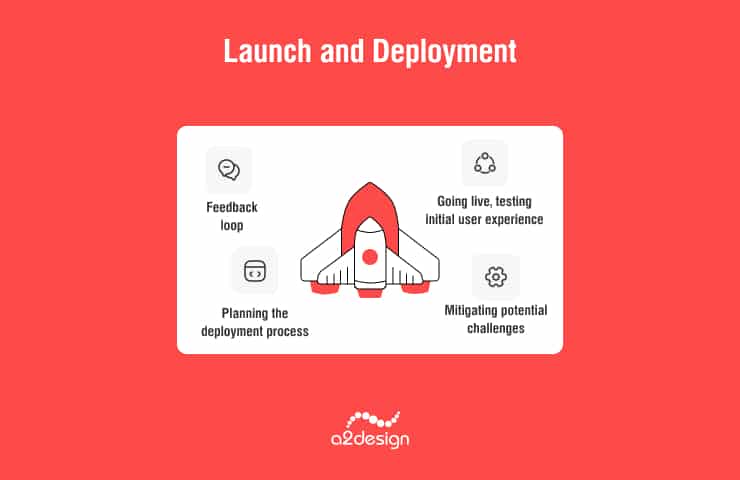
1. Planning the Deployment Process
- Server Setup: properly configure the server(s) in the right hosting environment so it can handle the live traffic.
- Data Sigration: properly move data from the testing environment to the live server.
- Backup and Recovery: establish a comprehensive strategy for data backup and recovery in case of unforeseen issues on the eBay-like website you’re developing.
2. Going Llive, Testing Initial User Experience
- Soft Launch: consider having a soft launch period for a limited number of users to gather user feedback. This can be useful for identifying real-life issues.
- User Onboarding: provide guidance and support for users navigating the platform for the first time.
- Encouraging User Engagement: communicate and highlight the key features and benefits of the platform to encourage engagement.
3. Mitigating Potential Challenges
Expect issues and hurdles when launching your online marketplace, and develop plans to mitigate these challenges:
- Server Overload: overloading due to high traffic is a common issue during the initial launch. Prepare strategies to prevent server crashes when developing your online marketplace.
- Bug Fixes: always be ready to address any unforeseen glitches, bugs, or crashes that users may encounter.
- User Support: offer prompt and responsive support to assist users with any issues or inquiries.
Feedback Loop: encourage users to provide their feedback, and use the feedback to make informed decisions on how to optimize the platform post-launch.
Cost Estimation: How Much Would it Cost to Build an e-Commerce Website like eBay?Here is a breakdown of the estimated cost of building a website like eBay, with billable hours:
- Pre-Development: This phase includes planning, research, and design. It is estimated to take 20-40 billable hours, at an hourly rate of $50-150 per hour. This means the total cost of the pre-development phase would be $1,000-6,000.
- Development: This phase includes coding, testing, and deployment. It is estimated to take 400-800 billable hours, at an hourly rate of $50-150 per hour. This means the total cost of the development phase would be $20,000-120,000.
- Launch and Maintenance: This phase includes marketing, customer support, and ongoing maintenance. It is estimated to take 20-40 billable hours per month, at an hourly rate of $50-150 per hour. This means the total cost of the launch and maintenance phase would be $10,000-60,000 per year.
In total, the estimated cost of building a website like eBay would be between $31,000 and 186,000.
A2 Design is an experienced full-cycle web and mobile application development company with clients from all around the world. Our team has over a decade of experience in developing custom applications across various industries, including healthcare, retail, and online marketplaces.
One of the marketplaces A2 Design has built is MadPaws. It’s an On-Demand Dog Walking Marketplace that allows users to find a pet sitter with only one click. The marketplace provides all sorts of pet services, from dog walking to pet day care.
A2 Design has already developed custom e-commerce websites for our previous clients, and we offer a variety of benefits for every client in building an eBay-like platform:
- Experience: over 10 years of experience in developing web and mobile applications, including online marketplaces.
- Expertise: a team of experienced developers who are familiar with the latest technologies and best practices.
- Scalability: Our solutions are scalable, so they can grow with your business. We can help you to design and implement a solution that can accommodate your current and future needs.
- Support: A2 Design offers ongoing support for your website. Our team will help you with any problems that you may encounter and keep your website up-to-date with the latest features and security patches.
- Cost-Effectiveness: We offer competitive pricing and flexible payment terms. We can help you to get the most out of your budget.
If you are looking for a full-cycle web and mobile application development company with experience in building online marketplaces like eBay, then A2 Design is the perfect choice for you. We offer a comprehensive range of services, from planning and design to development and deployment. We can help you to create a successful online marketplace that meets your specific requirements.

- How to Build Online Marketplace MVP?
- 6 Steps to start your eCommerce Marketplace
- How to Create a Multi-Vendor Marketplace Website: A Comprehensive Guide
- 10 Things to Know Before Building a C2C Marketplace
- How to Make a Website Like Etsy: Cost, Features, and More
- How to Make a Website Like Airbnb
- How to Build a Real Estate Website Like Zillow
